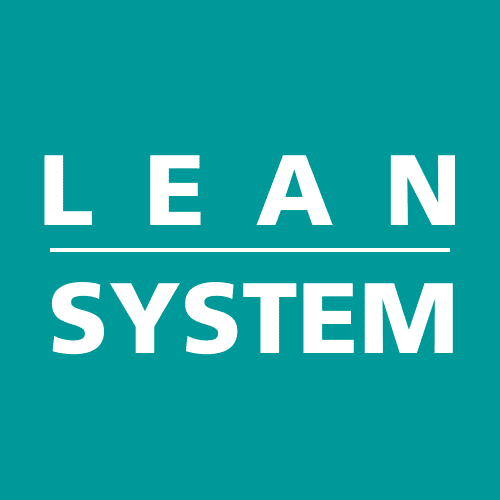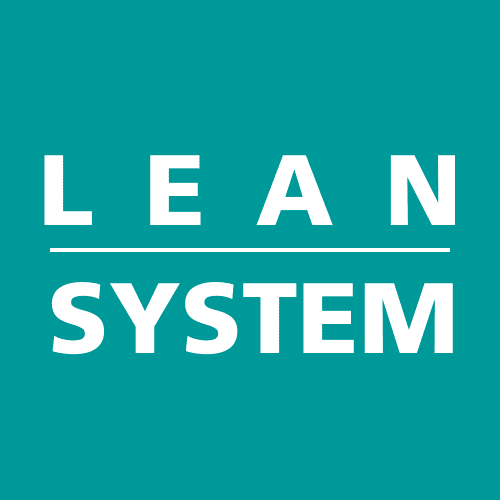Quality control is a crucial aspect of any business, especially in manufacturing, where product defects can be costly. To ensure that products are manufactured to meet customer expectations, businesses must have effective quality control measures in place. One tool that can assist in enhancing quality control is the process capability index (Cp Cpk).
Process capability is the ability of a manufacturing process to consistently produce products that meet customer requirements. Cp Cpk is a statistical tool used to measure process capability and determine if a process is capable of producing products within predetermined tolerance limits. By utilizing Cp Cpk, businesses can pinpoint areas for improvement and drive process improvement, ultimately leading to increased efficiency and profitability.
In this article, we will explore the process capability index (Cp Cpk) and how it can be effectively used to enhance quality control in your business. We will delve into the concept of process capability, its importance in manufacturing and six sigma methodology, and how it can drive process improvement.
Key Takeaways:
- Process capability index (Cp Cpk) is a statistical tool that measures process capability.
- Cp Cpk helps determine if a process is capable of producing products within predetermined tolerance limits.
- Process capability is crucial in manufacturing and six sigma methodology.
- Cp Cpk can drive process improvement by pinpointing areas for improvement.
- By utilizing Cp Cpk, businesses can enhance their quality control measures and minimize defects.
Understanding the Process Capability Index (Cp Cpk)
The process capability index (Cp Cpk) is a statistical tool used to evaluate the ability of a manufacturing process to produce products within specification limits. In other words, it measures how well the process is performing and how likely it is to produce defects. Cp Cpk is an essential component of statistical process control, which is part of the six sigma methodology used to drive process improvement.
The Cp value is a measure of the spread of the process data relative to the specification limits, while the Cpk value takes into account the location of the process average. The higher the Cp Cpk values, the better the process capability is.
The calculation of the capability indexes involves data analysis and statistical techniques. The first step is to collect data on the process output, such as measurements or counts. The data is then analyzed to determine the average and standard deviation of the output. These values are used to calculate the Cp Cpk values, which give an indication of the process's ability to meet specification limits.
Statistical process control is a methodology used to monitor and improve a process. Cp Cpk values are used in statistical process control to set appropriate tolerance limits, monitor process performance, and identify areas for improvement. A process is said to be in control when it is stable, predictable, and within specification limits. Cp Cpk values are used to determine if a process is in control or if it requires further analysis and improvement.
"The capability index is a measure of the process's ability to meet customer requirements, while statistical process control is a methodology used to monitor and improve the process. By using Cp Cpk values in statistical process control, businesses can identify opportunities for improvement and optimize quality control processes."
Overall, the process capability index (Cp Cpk) is an essential tool for businesses looking to enhance their quality control measures and minimize defects. By understanding the concept of statistical process control and its relationship to Cp Cpk, businesses can calculate the capability indexes and use them to identify areas for improvement. With Cp Cpk values integrated into quality control processes, businesses can optimize their productivity and success in manufacturing and other industries.
Integrating Process Capability Index in Quality Control
Process capability index is a vital tool for enhancing quality control, particularly in manufacturing industries that rely on process improvement. Integrating Cp Cpk into quality control practices can lead to improved efficiency, reduced variability, and reduced defects. Here are some practical ways businesses can integrate process capability index into their quality control measures:
- Establishing appropriate tolerance limits: Incorporating process capability index analysis helps businesses establish appropriate tolerance limits. The index assists in identifying the range of acceptable variations in a process, ensuring that quality is maintained consistently.
- Analyzing process capability data: By analyzing process capability data, businesses can identify areas that require improvement. This data-driven approach helps to pinpoint process gaps that may be affecting quality, enabling organizations to take corrective actions.
- Identifying areas for improvement: Cp Cpk is a valuable tool for identifying areas for improvement in the manufacturing process. By monitoring process capability index values, businesses can identify trends and make changes to optimize their processes.
Integrating process capability index analysis into quality control practices is crucial for businesses looking to improve the quality of their manufacturing processes continually. By leveraging Cp Cpk, organizations can minimize defects, enhance their quality control measures, and maintain their competitiveness in today's market.
Conclusion
In conclusion, the process capability index (Cp Cpk) is a valuable tool for businesses aiming to optimize quality control processes. By incorporating Cp Cpk analysis into quality control practices, organizations can identify process gaps, improve productivity, and minimize defects in manufacturing and other industries.
Implementing Cp Cpk in quality control also aligns with the Six Sigma methodology, which emphasizes process improvement and variation reduction. By striving for Six Sigma levels of quality, businesses can ensure that their products and services consistently meet or exceed customer expectations.
Moreover, the integration of process capability index analysis can lead to enhanced efficiency and overall success. By establishing appropriate tolerance limits and analyzing process capability data, businesses can identify areas for improvement and drive continuous process improvement.
In summary, by leveraging the process capability index (Cp Cpk) in quality control practices, businesses can enhance their manufacturing processes and minimize defects. The implementation of Cp Cpk analysis aligns with Six Sigma methodology and leads to continuous process improvement, ultimately contributing to the success and growth of the organization.
FAQ
What is the process capability index (Cp Cpk)?
The process capability index, also known as Cp Cpk, is a statistical measure that quantifies the ability of a process to produce outputs within specified tolerance limits. It provides an indication of how well a process is performing and whether it is capable of consistently meeting quality requirements.
Why is process capability important in manufacturing?
Process capability is crucial in manufacturing because it helps organizations understand the inherent variability of their processes and determine whether they are capable of meeting customer requirements. By assessing process capability, manufacturers can identify areas for improvement, reduce defects, and optimize their operations.
How is the process capability index calculated?
The process capability index is calculated using statistical analysis of process data. There are two main indexes: Cp and Cpk. Cp is calculated by dividing the specification width (the difference between the upper and lower specification limits) by six times the process standard deviation. Cpk takes into account the process mean and calculates the capability index using the formula Min(Cp Upper, Cp Lower).
What is the role of data analysis in determining process capability?
Data analysis plays a crucial role in determining process capability. It involves collecting and analyzing process data to calculate statistical measures such as Cp and Cpk. By examining the data, organizations can identify trends, patterns, and sources of variation, enabling them to make informed decisions about process improvement.
How can the process capability index be integrated into quality control?
The process capability index can be integrated into quality control by establishing appropriate tolerance limits based on customer requirements, analyzing process capability data, and identifying areas for improvement. By using Cp Cpk, businesses can monitor process performance, implement corrective actions, and optimize their quality control processes.

